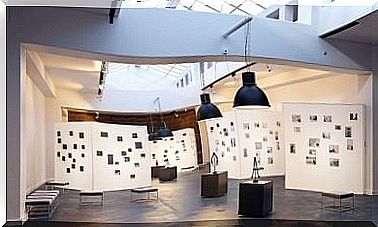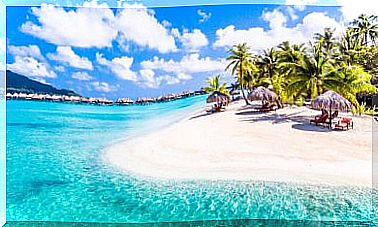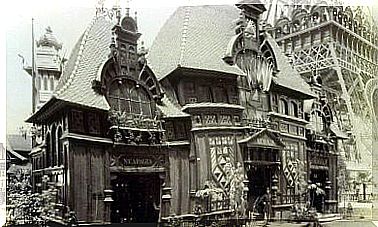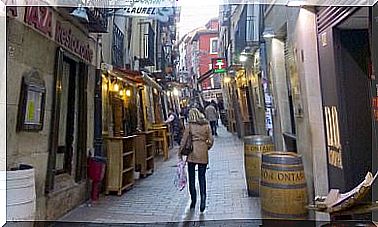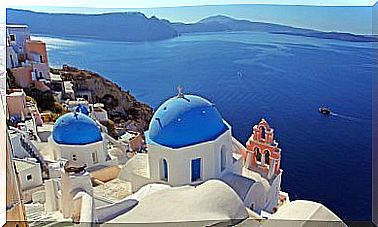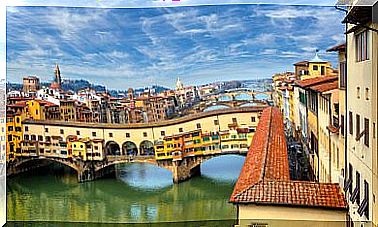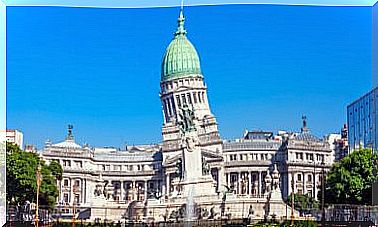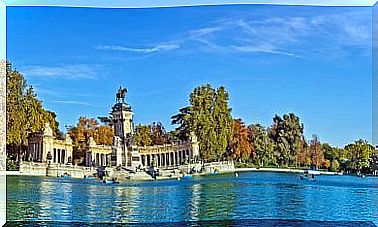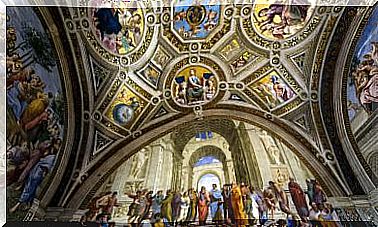Vilnius: Historical, Wise And Creative
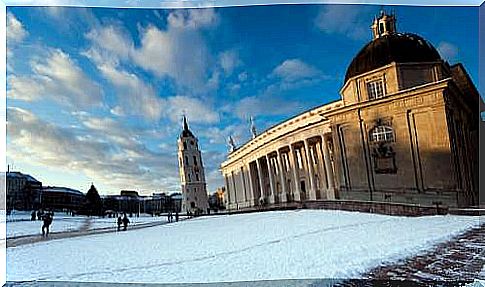
Vilnius, the capital of Lithuania, is a small city, but extremely charming. Its buildings with a baroque air adorn the streets of the old town. It is one of the oldest cities in Eastern Europe, yet the mood of its youth and active nightlife are some of its strengths. It is without a doubt an excellent place to get away.
The old part of the city is a delight, with its palaces, its medieval streets and its Gothic, Baroque and Renaissance buildings. A place declared a World Heritage Site. We are going to know three of its most representative places.
1. The castle of Gediminas
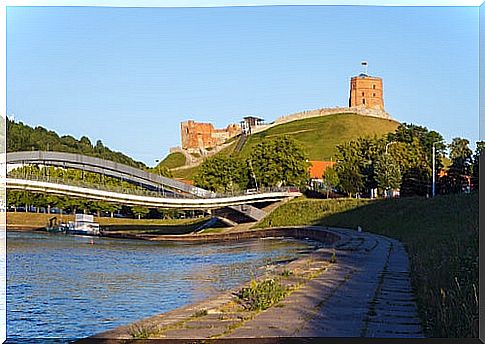
It is the symbol of Vilnius and represents one of the most important monuments in the old town. It is said that it was built in 1323 due to a premonitory dream of the king and that the name has its origin in the ancient reign of Gediminas. In addition to being a focal point where political work was concentrated, it was used as a fortress by the Grand Duchy of Lithuania.
The small castle managed to resist invasions of all kinds by the Crusaders, which is why it is highly appreciated by the inhabitants of Vilna and all of Lithuania in general. After the reconstruction of the city in 1919 the flag was officially raised in its tower.

Today, from this red brick place there are incredible views of Vilnius. The hill where the castle is located can be reached via a funicular or simply by walking up the old stone path.
Inside the enclosure there is an interesting museum whose guides explain a little about the historical importance of some castles in and around Vilnius, dating from the 14th to the 17th centuries.
2. The Vilnius Cathedral
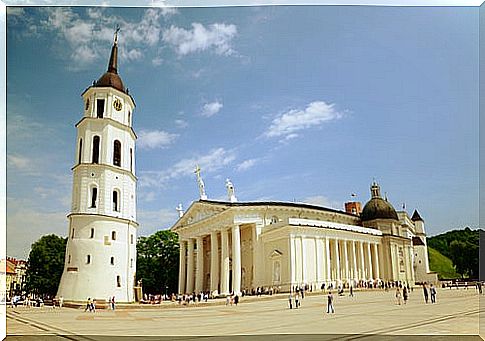
This is located in the historic center of Vilnius and is the most representative Catholic temple in the country. Although in ancient times this cathedral was burned and continuously destroyed by invaders, today it is the favorite place for activities, Christian events and national festivals. It is located near the Gediminas hill.
Lithuanian legends claim that the early shrine was used as a pagan temple to honor the God of Thunder, Perkūnas. The construction that we know today is from the 18th century, the work of the famous Lithuanian architect Laurynas Gucevičius. This man was also in charge of erecting the Vilna town hall, the Sudervė church and the Verkiai buildings.

The cathedral has a mausoleum where emblematic figures such as bishops and different monarchs were buried. Some of them are Vytautas the Great, who was the most powerful ruler in Lithuania; Grand Duke Alexander, King of Poland and Lithuania; some queens and wives of Sigismund Augustus. The place is located right in front of the Plaza de la Catedral.
3. The Presidential Palace
Located in the heart of Vilnius, the Presidential Palace has been a silent witness for centuries of the most important moments that Lithuania has had. This large building has been the favorite residence of various Lithuanian dukes.
The 16th and 17th centuries are remembered as the most majestic time that the palace lived , which was considered the historic center par excellence of Central Europe.
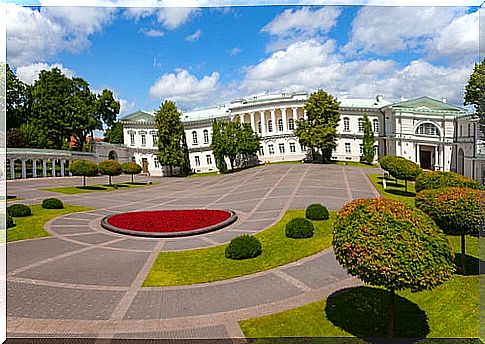
Despite being the victim of several fires that greatly changed its appearance, once it was demolished and rebuilt it remained a highly preserved site in Vilnius. Those in charge of the reconstruction were famous Lithuanian artists, craftsmen, architects of Italian and Polish origin, etc.
Throughout its history, in addition to being a noble residence, it has been the seat of ministries, military units, a refuge for artists and, in recent times, the seat of the country’s presidency.
And we cannot leave Vilnius without mentioning a curious corner of the city: the Uzupis neighborhood. A bohemian neighborhood where there are those whose inhabitants have proclaimed it an “independent republic”, in fact, it even has its own constitution.
.
